01. Get content from your users
Consumers crave a human connection with brands, so why not make the most of this? A lot of well-known brands have been posting user-generated content with great results. What is UGC? It’s exactly what it says on the tin: content that is generated by other users.Utilising this user-generated content (UGC) is not just a new social media trend, but it's key to increasing engagement. It's also a cost-effective way of generating engaging content for your social media channels. Wins all round!
Posting UGC is an easy win for fashion brands: set up your own hashtag (just search #monkistyle and you’ll see fashionistas all over the world sharing snaps of them head-to-toe in the Scandi brand). But, it’s important to remember that it’s not just fashion labels that can leverage UGC to their advantage – you just need to know where and when your customers are online, and what they’re sharing.
02. Post Instagram Stories
The short-term nature of Instagram Stories (they’ll be deleted forever after 24 hours, unless you save them to your profile), makes them highly convenient. It's a great way to share behind-the-scenes footage of your brand, making consumers aware of flash sales, and highlighting new products.
Remember, there is a fine line between engaging your audience and overloading them. Take the time to determine how many posts you should be putting out a day and use Instagram Insights to check what works and what doesn't.
One brand killing the Instagram Stories game is beauty and skincare brand Glossier. Having built its brand through social media, it engages its millennial audience through lighthearted Stories. It posts unique, engaging and informative content such as tutorials, polls, Q&As, playlists and quizzes – and there’s nearly always a CTA (call to action) that takes viewers away from Glossier’s Instagram and onto its website.
While the use and success of Instagram Stories – like so many of the latest social media trends – will depend on your audience, they're definitely worth trying out. Trial and error is the best tactic here. Also see our post for tips on how creatives and designers can best use Instagram Stories.
03. Use chatbots
With 56% of people stating they would rather message a brand than call up their customer service team, this is clearly the future of customer service. It's an easy and quick way to resolve problems or answer any queries.
In terms of this latest social media trend, chatbots have seen most success on Facebook Messenger and Twitter Direct Message.
An example of a brand that's successfully utilising this social media trend is Mastercard: its Facebook Messenger bot enables customers to check account transactions by asking specific questions such as: 'how much did I spend at restaurants in February?'. Users can also purchase directly from Mastercard’s many partners, such as Subway.
In terms of this latest social media trend, chatbots have seen most success on Facebook Messenger and Twitter Direct Message.
An example of a brand that's successfully utilising this social media trend is Mastercard: its Facebook Messenger bot enables customers to check account transactions by asking specific questions such as: 'how much did I spend at restaurants in February?'. Users can also purchase directly from Mastercard’s many partners, such as Subway.
04. Understand dark social
While marketing teams are now more onboard with social media than ever before, the huge popularity in social messaging apps (think the likes of WhatsApp and Facebook Messenger) are causing issues in performance tracking. As people are increasingly sharing links through these private messaging apps, analytics platforms are struggling to locate where the referral has come in from. This is 'dark social' – essentially engagement you can’t see.
The inability to track engagement is making it difficult to know just how well a piece of content is performing on social media. Lack of shares for an awesome piece of content you’ve created can be extremely discouraging, but the majority of content shared from websites is done privately.
05. Use LinkedIn dynamic ads
LinkedIn has stated that this will “capture your audience’s attention in a way that standard display ads can’t”. While it may be early days, it’s showing signs of success – the click-through rates of dynamic ads are already twice as high as traditional display ads.
In practice, dynamic ads have shown success in three ways:
Build brand awareness: Follower ads (like the one shown above), enable you to grow your following, by prompting users to like your page. This, in turn, expands the audience that views the organic content you share on your company’s LinkedIn page.
Increase traffic and conversions: With spotlight ads, you can encourage additional traffic to a specific page on your website. This could be a landing page with more information on your products or services, a blog article, event, video, or even a newsletter.
Generate leads: If this is your goal, then by making use of the content ads, you can point viewers to gated content, which they’ll need to input their details to access. You’ll then either have the opportunity to download the leads directly from your website, or use an external CRM.
With LinkedIn working particularly well for B2B businesses, this is one of several social media trends that your brand should be taking advantage of. To get started, simply choose your campaign objective, and start driving results.
With LinkedIn working particularly well for B2B businesses, this is one of several social media trends that your brand should be taking advantage of. To get started, simply choose your campaign objective, and start driving results.


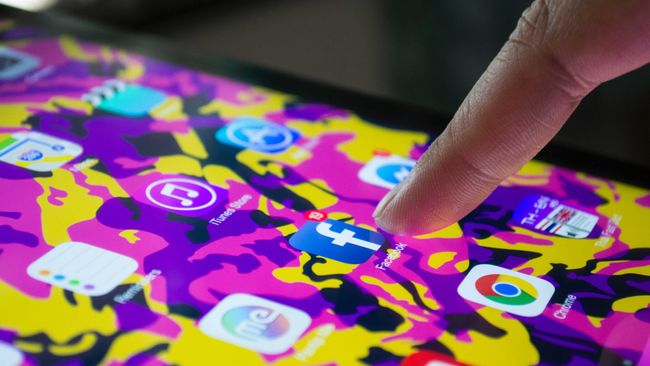
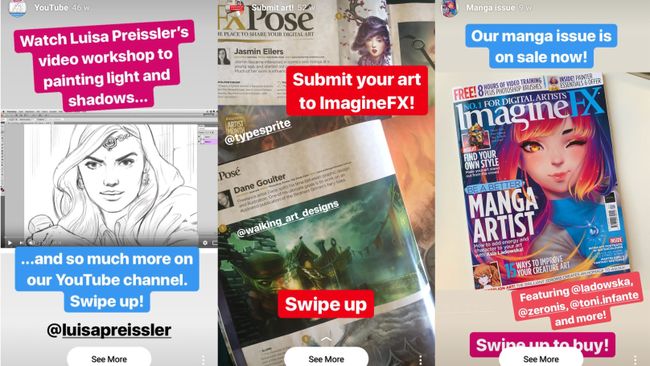
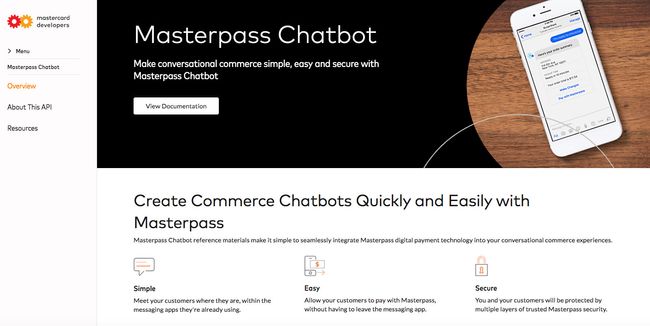
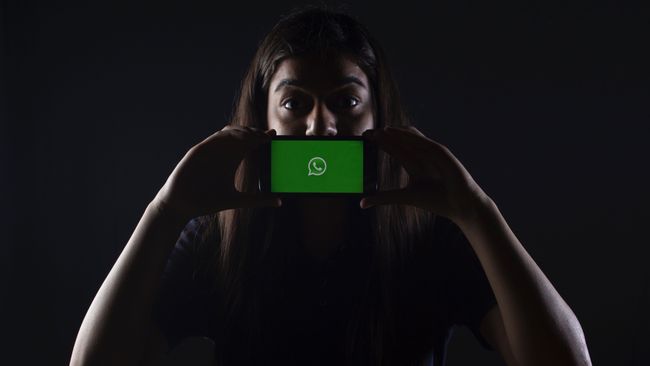
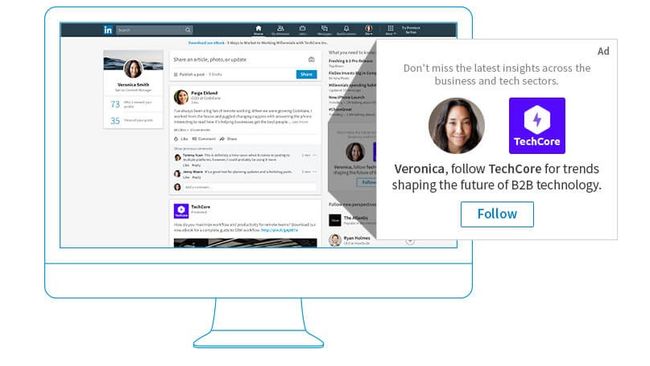










No comments:
Post a Comment